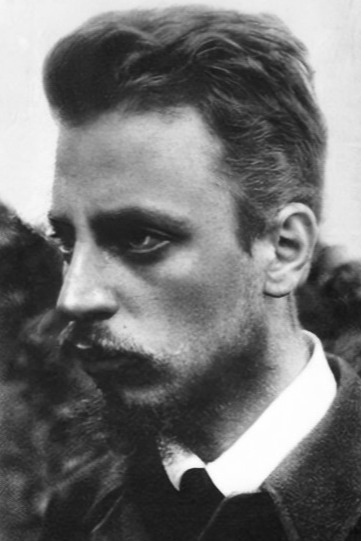Sponsored Content
German Literature Archive Receives Estate of Austrian Poet Rainer Maria Rilke
The transfer of writings and materials of the poet Rainer Maria Rilke (1875-1926) to the German Literature Archive Marbach is the largest transfer to the Literature Archive in Baden-Württemberg with the estate, which had been in private hands for almost 100 years.
 Rainer Maria Rilke worked at the beginning of the 20th century and left a large collection of high cultural importance for European literature. / Picture: © Wikimedia Commons, Unknown author, http://www.zeno.org/Literatur/M/Rilke,+Rainer+Maria, Public domain
Rainer Maria Rilke worked at the beginning of the 20th century and left a large collection of high cultural importance for European literature. / Picture: © Wikimedia Commons, Unknown author, http://www.zeno.org/Literatur/M/Rilke,+Rainer+Maria, Public domain
For Claudia Roth, Germany's Minister of State for Culture, this is "perhaps the most important posthumous acquisition in postwar history. The estate contains more than 10,000 handwritten pages, about 8,800 letters, 470 books and journals, 131 previously unknown drawings by Rilke, and about 360 photographs from all phases of his life.
"Among the most important writers of the 20th…
or Log In
Fast News Search





